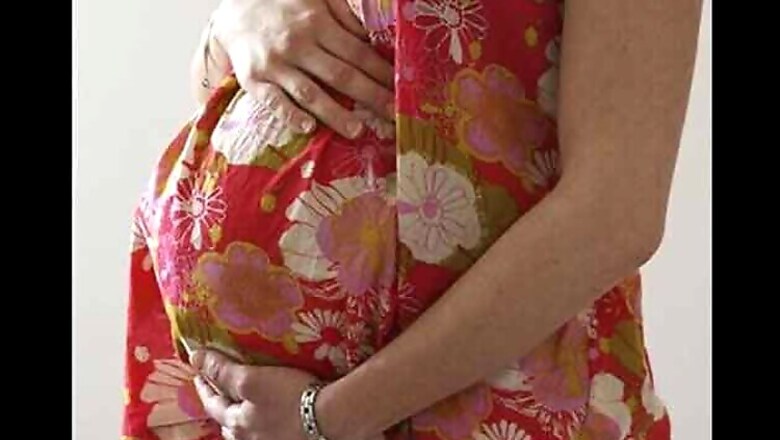
views
London: In a medical breakthrough, a 28-year-old woman has become the first person in the world to give birth to a healthy baby using ovarian tissue that was removed and frozen in her childhood.
Previous successful transplants resulting in pregnancies have used frozen ovary tissue removed from adult women, but this is the first time ovarian tissue was taken from a girl when she was just 13 years and 11 months old.
It was not known whether tissue taken from girls before puberty could develop to produce mature eggs.
The breakthrough, described in the journal Human Reproduction, gives hope to thousands of young cancer victims that face treatments such as chemotherapy which can damage the ovaries, leaving them infertile.
The patient, who was born in the Republic of Congo but moved to Belgium aged 11, had received a transplant of her brother's bone marrow to treat her sickle-cell anaemia.
The procedure required chemotherapy to disable the immune system and prevent rejection of the bone marrow, 'The Times' reported.
Doctors removed her right ovary just before she turned 14 and froze tissue fragments. Puberty and breast development had begun but she had not started her periods.
The treatment left her with no functioning ovary and when she was 15 doctors began hormone replacement therapy (HRT) to induce menstruation.
Ten years later, she decided to start a family and doctors, led by Isabelle Demeestere, a gynaecologist and research associate at Erasme Hospital, Universite Libre de Bruxelles, stopped the HRT and grafted four fragments of the frozen ovarian tissue on to the remaining left ovary and other fragments in the surrounding area.
The transplanted tissue started to respond to her hormones and grew follicles containing maturing eggs. Her periods began five months later.
After two years, she became pregnant naturally with her partner and delivered a healthy boy in November 2014.
The doctors said that the woman should be able to have more children and that a second transplantation was possible if the graft stopped working.
"This is an important breakthrough because children are the patients who are most likely to benefit from this procedure in the future," Demeestere said.
Further research is required to see whether the technique could apply in very young prepubescent girls.




















Comments
0 comment